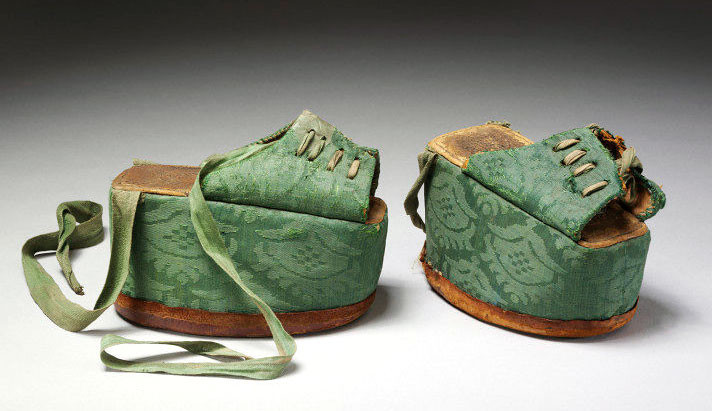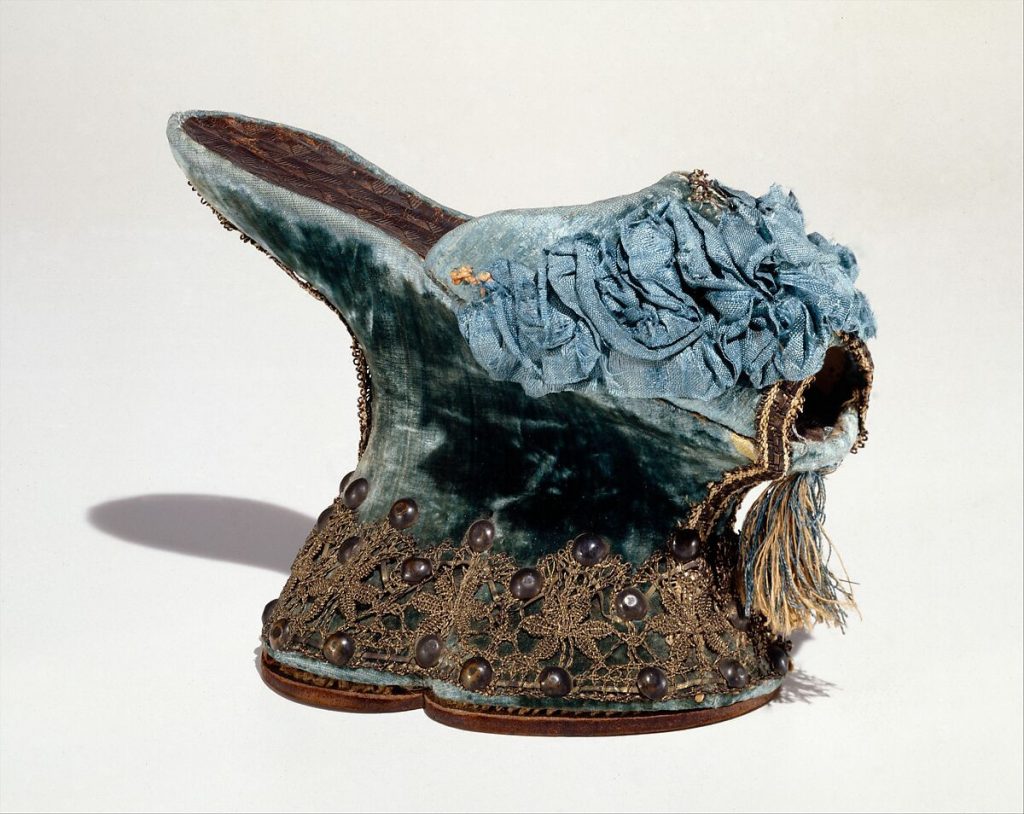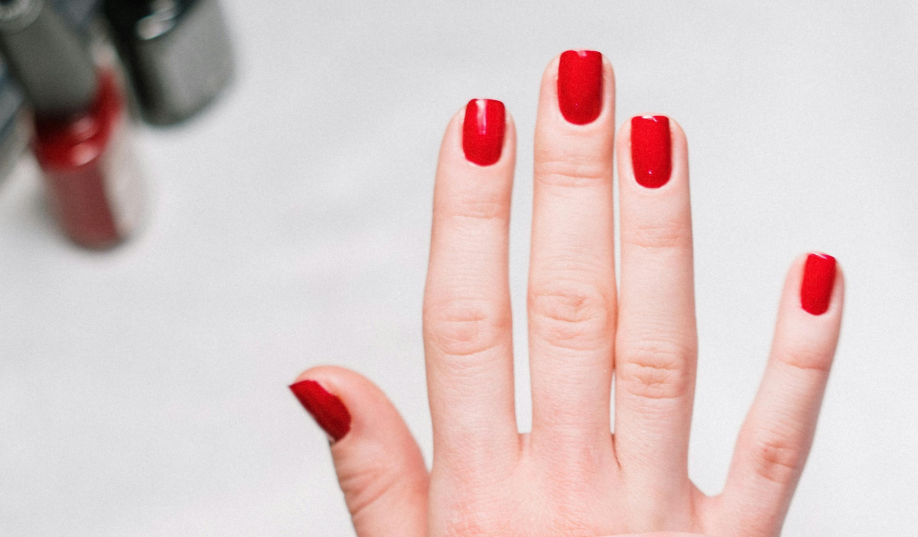Your Boots Are Made for Walking, These Chopine Shoes Are Not!

©️ The Metropolitan Museum of Art
Yes, that picture you are seeing is an actual Chopine shoe! These pretty (yet highly unpractical) beauties have graced the feet of hundreds of women ever since the 15th Century.
While nowadays we have our Lady Gaga and Doja Cat, who are not shy to discover new and exciting shoe trends, women have been doing this for a while now. From the Ramappa platform heels to the Japanese Okobo and European Chopine shoes, the girls have had an eye for avant-garde shoes since forever!
The History Behind the Iconic Chopine Shoes
During the 15th, 16th, and 17th centuries, a fascinating type of women’s high-platform shoe known as the Chopine gained popularity. These shoes featured wooden or cork platforms and varied in height, ranging from 2 to an astonishing 20 inches!
Although the concept of platform shoes can be traced back to ancient Greece, it was during the Italian Renaissance that Venetian women made Chopines fashionable. Greek fashion had a great influence on the Romans, making every Roman woman adopt platform footwear of a shorter height.
Initially worn as a practical solution to keep dresses clean and mud-free, noblewomen started to embrace them in the early 15th century. However, as time passed, these platform shoes evolved into a symbol of status and privilege in high society.
Once women figured out that the shoes could now be seen by others, they requested that these shoes should be made from quality leather. Since Spain was already known for its flourishing leather industry, this was not an issue!
But with great leather, comes great responsibility; in this case, a hefty wallet. To be able to afford leather at the time, you needed a higher socioeconomic class. The higher the Chopine, the higher the class!
The Origines of Chopine Shoes

Following the Roman conquest of the Iberian Peninsula (or as we now know it Spain) they introduced a new heeled shoe in the fashion industry. The Moors then invaded the Iberian Peninsula and inherited the industry. As a result, Moorish Spain became a hub for producing platform shoes, which were later also exported to the Maghreb region.
These fascinating shoes later found their way into the wardrobes of many Christian women, creating a fascinating cultural exchange of fashion across the regions.
Who Else Wore Chopine Shoes?
Rich and high-class women weren’t the only ones that wore these shoes. A well-known woodblock print by Cesare Vecellio shows a lower-class prostitute rocking a pair of Chopines. In the text that Vecellio added to the photo, he describes how the woman had limited sources and was still able to assemble the most sophisticated outfit possible.
Since her resources were limited due to her class status, the woman pictured in the artwork used discarded Chopines and clothing.
Nowadays, with the fast-paced and continuously changing fashion industry, it’s not impossible to say that these “crazy” shoes might make a comeback, one way or another! Would you be daring enough to wear these in public?


